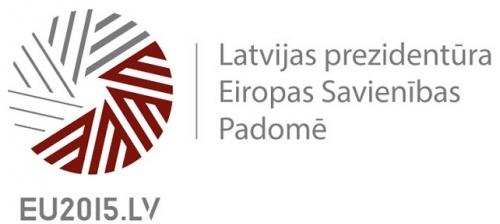 What is the problem?
What is the problem?
In Finland, Metsähallitus - Natural Heritage Services is responsible for managing all national parks and other state owned protected areas with funds from the state budget. The demand for information on the socio-economic benefits of protected areas is obvious: in addition to monitoring the effectiveness of management for conserving biodiversity many politicians, local decision-makers and funders are also requesting information on the economic impacts of protection.
Which ecosystem services were examined and how?
In addition to highlighting the benefits of public investment, understanding the economic impacts of visitor spending can also be used to increase general acceptance of national parks among stakeholders.
In order to estimate the socio-economic benefits of national parks and other key state-owned protected areas in Finland, Metsähallitus and the Finnish Forest Research Institute (Metla) developed a standardised, easy-to-use method for assessing the local, accumulative economic impacts of visits to parks. In terms of ecosystem services this method focuses on quantifying the economic benefits associated with nature-based recreation and tourism in Finnish national parks, including activities such as hiking, skiing, fishing and camping.
The method builds on the U.S. Money Generation Model 2 (MGM2) and it bases the calculations on three key variables: number of visits, visitors’ spending, and a set of multipliers that reflect how visitor spending circulates and multiplies in the local economy.
Even though establishing and maintaining such a comprehensive visitor monitoring system requires significant investment in both time and resources this investment can generate high and diverse returns.
Did the examination of ecosystem services generate impacts on decision-making or policies and, if so, how?
In autumn 2010, Metsähallitus - Natural Heritage Services was facing severe budget cuts, including cuts to funding available for managing national parks and other protected areas. The assessment of economic benefits to local economies played a significant role in the discussions, being one of the key factors to convince the decision-makers that the public investment in protected areas pays back manifold. In the end, the budget cuts were not implemented.
Lessons learned
One of the key lessons learned in the context of the study has been the importance of cooperation between research and practice, ie between organisations like the Finnish Forest Research Institute Metla and Metsähallitus - Natural Heritage Services. Combining theoretical and practical knowledge has provided useful insights into the method and significantly increased the level of confidence in the results.
Information prepared within the project "Non-governmental sector participation in the international conference" EU Biodiversity strategy implementation "" financed by Latvian national budget-funded program "Support for public participation in the Latvian Presidency of the Council of the European Union implementation" and administered by the Society Integration Foundation.

